Sedgefield Charity
Reference: D/Se Catalogue Title: Sedgefield Charity Area: Catalogue Category: Charity and Society Records Description:
Covering Dates: 1853-2008
Catalogue Index
Use  and
and  to reveal/hide the structure of the catalogue index (requires Javascript to be enabled in your internet browser options). Click to jump directly to information at a specific level of the catalogue.
to reveal/hide the structure of the catalogue index (requires Javascript to be enabled in your internet browser options). Click to jump directly to information at a specific level of the catalogue.
- Sedgefield Charity
Catalogue Contents
(See also CP/Se 45)
The Charity Commissioners' report of 1899 listed twelve bequests in Sedgefield for the relief of the poor, the education of their children, and the binding of them, in due course, as apprentices. They were administered in five groups, eventually all with the same secretary, until their amalgamation by an order of the Commissioners in 1972.
Lady Elizabeth Freville, in her will dated 1630, bequeathed a sum of money for the purchase of lands, whose annual rental was to pay for the apprenticing of three poor children from Sedgefield and Bishop Middleham, and for the relief of 60 poor people from Sedgefield and 20 from Bishop Middleham
Ref: D/Se 3In his will of 1702, Thomas Cooper instructed that the rents from his lands at Hamsterley and Cock field were to provide £2 each year to five poor men and five poor women, who should be at least 55 years old and live in Sedgefield. Money was also set aside for the erection of almshouses. Legacies under the wills of William Wrightson, Thomas Forster and John Lamb provided additional revenue for the almshouses and their inmates, and the four charities were amalgamated by an order of the Charity Commissioners in 1895
Ref: D/Se 16Howle Hope farm was purchased in 1705 and 1734 with money from several benefactors to the poor, and the rental, after the sum of £5 had been paid to the schoolmaster, was distributed annually among the poor of Sedgefield
Ref: D/Se 30This was the local name given to the bequests of Bryan Harrison, Rebecca Wren, Thomas Forster, and Jane Mason. In 1663, Bryan Harrison gave £100 to be invested in order to purchase a house and land called White Bread Field and the interest to be distributed among the poor. Rebecca Wren's bequest in 1759 was applied to the upkeep of this house, which was later used as the Union Workhouse. Thomas Forster, in addition to his bequest to the almshouses, provided money for the supply of 20 loaves to be given to the poor every Sunday, and the legacy from Jane Mason' s will is also included with these benefactions.
Ref: D/Se 42A County Court Order of 1858 united the bequests of Richard Wright, John Lowther, John Drake Bainbridge, and Thomas Soulsby, which were all concerned with the education of the poor, and a further scheme of the Board of Education in 1909 included the School Charity and the School Stock Charity. The funds involved were to be applied to the needs of the school and for grants to Sedgefield children undertaking further education of any kind.
Ref: D/Se 57

